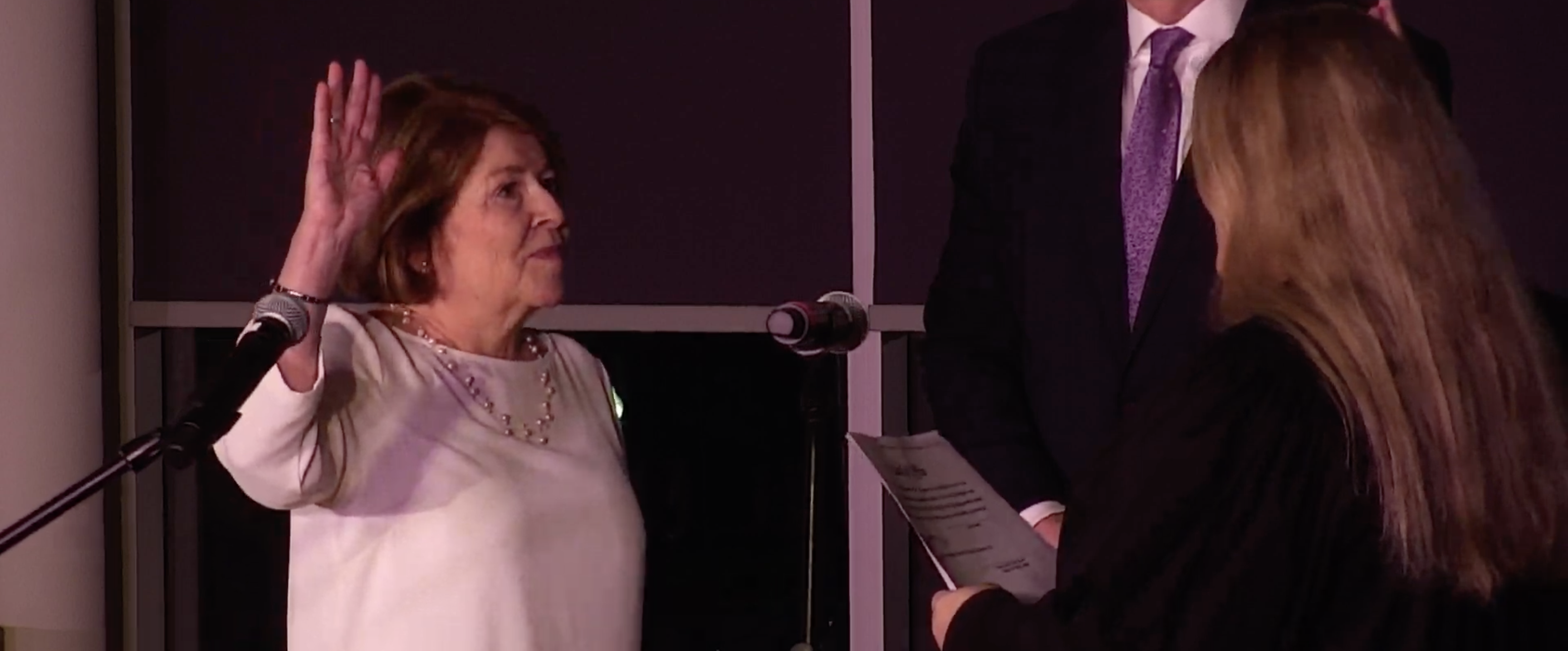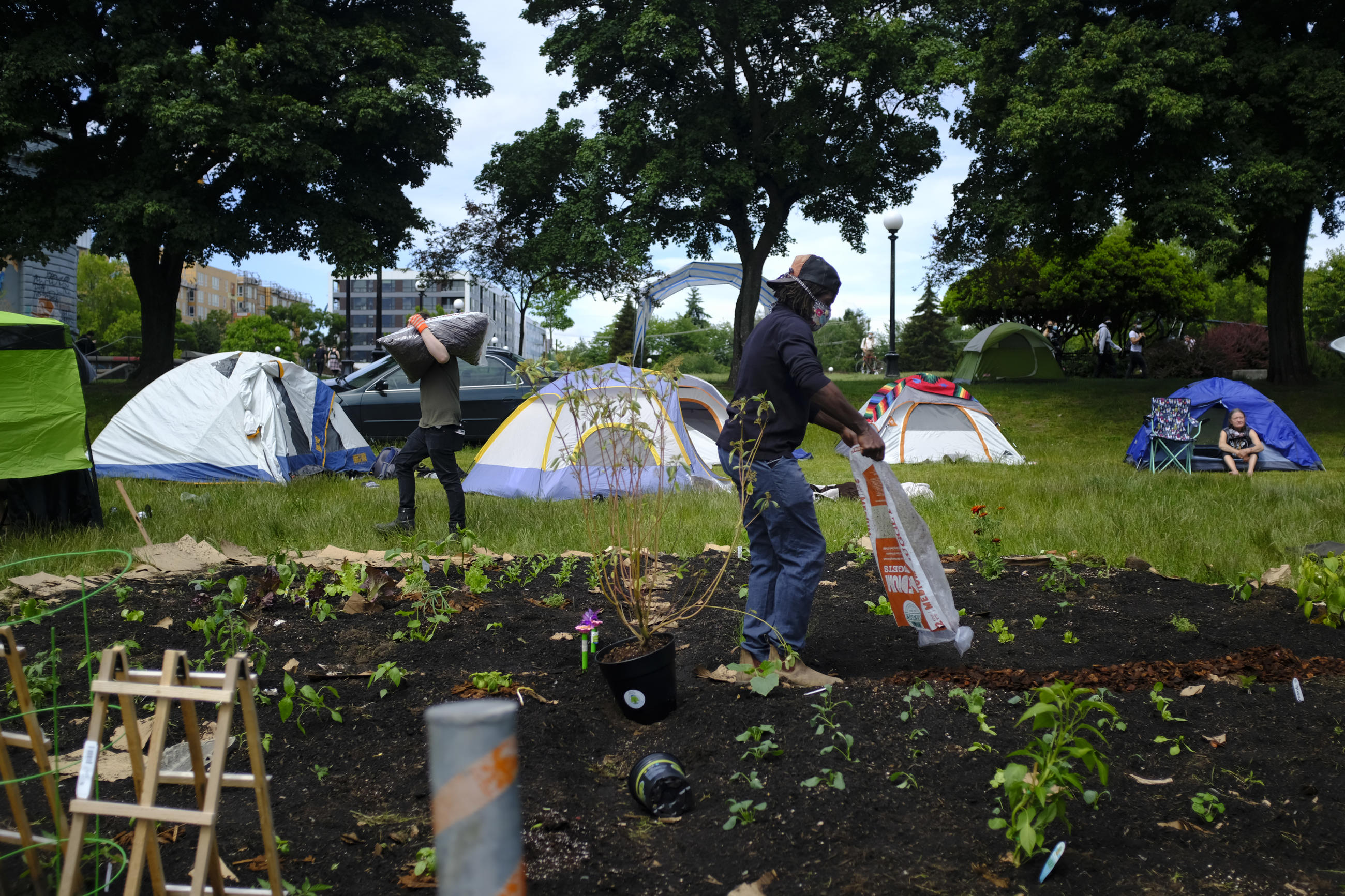Washington’s Department of Labor & Industries handed a Yakima orchard $290,000 in fines after two workers died in tractor rollovers this summer, the safety agency announced today.
The agency issued Borton & Sons five willful serious citations for the two deaths, citing them for failing to ensure a rollover protection system was being used and that workers wore seatbelts. Willful violations are given when L&I believes employers knew or should have known the safety standards, but failed to make sure they were being followed.
Farmworker Gilberto Padilla died on May 7 as he was driving a tractor between orchards, according to the inspection summary. The vehicle rolled after he drove over front counterweights that had fallen off. About a month later, on June 8, Oscar Rodriguez-Olivera died in a tractor rollover after he made a sharp turn traveling down a hill, according to L&I.
In both deaths, the protection system to prevent workers from being crushed in a rollover was not in use, according to L&I. Nor were the workers wearing seatbelts. L&I officials stated they had directed Borton & Sons to ensure the proper use of rollover protections and seatbelts after the first death. The agency also cited the company for allegedly altering the scene of the second fatality before an L&I inspection began.
“Using a rollover protection bar and seat belt is such a simple way to save workers’ lives. These incidents should not happen,” Craig Blackwood, assistant director for L&I’s safety and health division, said in the press release. “Orchard owners have the responsibility to make sure workers use safety systems. If Borton & Sons had been vigilant, these workers might be alive today.”
Borton & Sons has a history of safety citations and penalties violations, according to data collected by the Occupational Safety and Health Administration. The fruit grower is contesting the 2023 fines.
L&I issued more than $14.7 million in fines last year to companies for violating health and safety laws. A recent Crosscut investigation found the agency later reduces many initial penalties, and sometimes struggles to head off repeat safety violations even after a worker has died.









